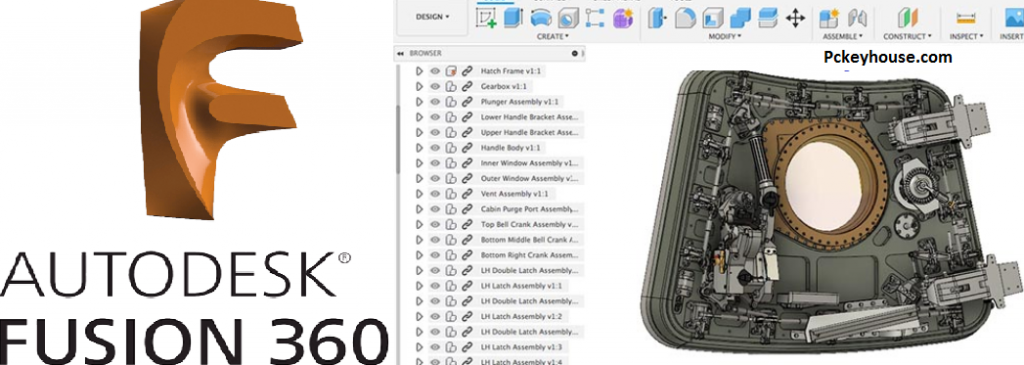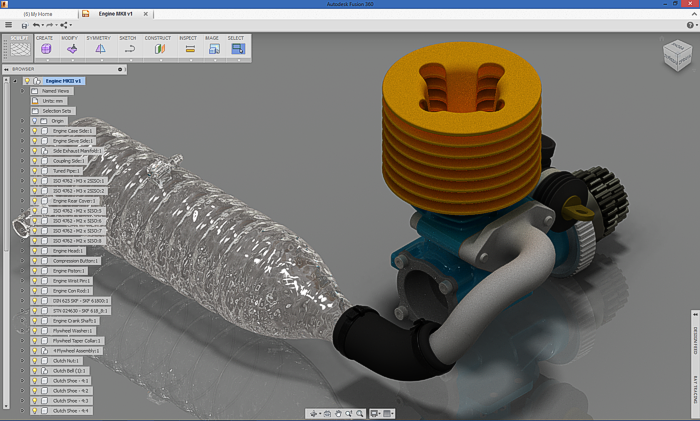

The goal would be more aligned with citizens needs instead of maximizing profit.Īt the same time, companies can still capitalize on the different needs of the enterprise software. Many institutions (schools, universities, or even the military) could spend resources on creating the tools that their students, and society as a whole can use. Maybe the solution is to remove part of the software from the market. And, it makes a lot of economic sense.Īs, I think that capitalism works. You get a customer base, but as your company grows you leave the less profitable customers behind. Because that is how basically business work.


Many of these projects include design files which will give you a jump start on completing your first Fusion project, and put you on the path to becoming a CAD pro.> I'm sick of companies building their products off the backs of the personal/hobbiest/small business market, and then when they get enough recognition and buzz, switch to essentially an "enterprise-only" pricing structure, completely screwing over the users who made them successful in the first place.Īs someone said on the Internet, what you are sick of is capitalism. To help you get your feet wet, I've gathered a range of projects that use Fusion 360, from simple custom brass rings to more complex wooden sunglasses, to one of my own more involved designs, a desk that transforms into a bar. Either way, it will take your skills to the next level. You can use it to create paper templates that can be cut out by hand (see my Digital Fabrication by Hand Instructable) or design for digital fabrication machines like 3D printers, laser cutters, and CNC mills. It's a free 3D and 2D modeling program that helps you design just about anything, exactly the way you want it.

Fusion 360 is a great place to begin exploring these questions. When you like to make things, whether from wood, textiles, metal, plastics, or paper, sooner or later you wonder if CAD (computer assisted design) could make the process faster, easier, or more controllable.


 0 kommentar(er)
0 kommentar(er)
